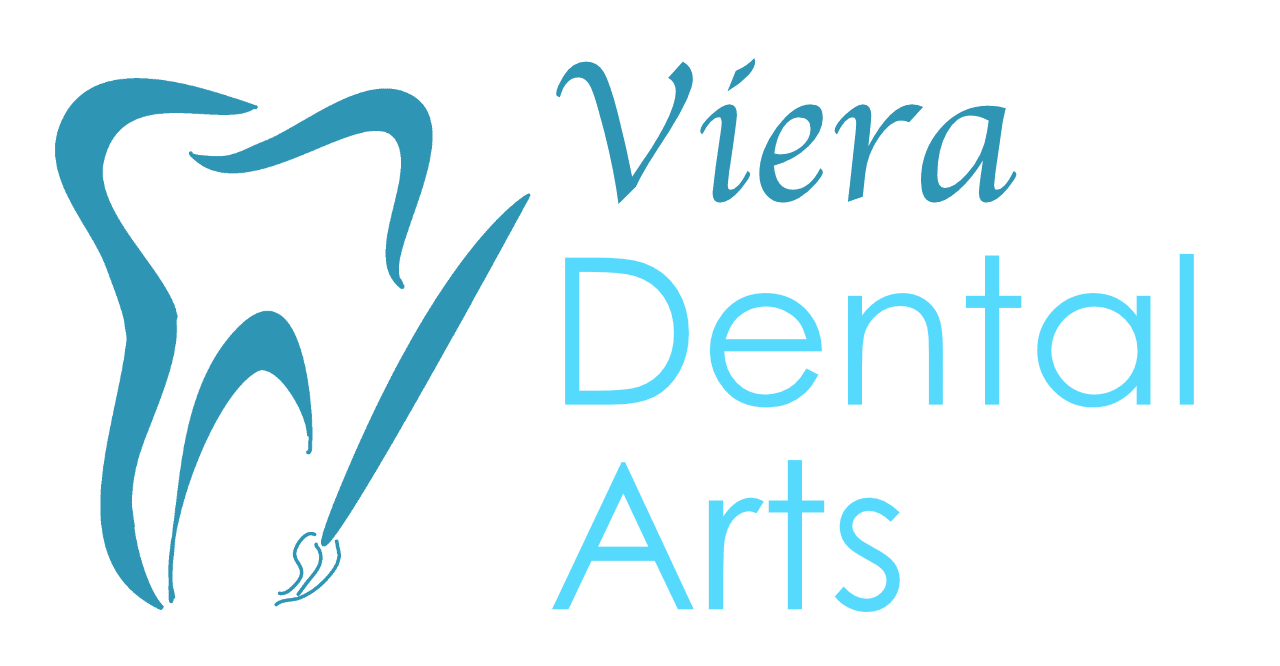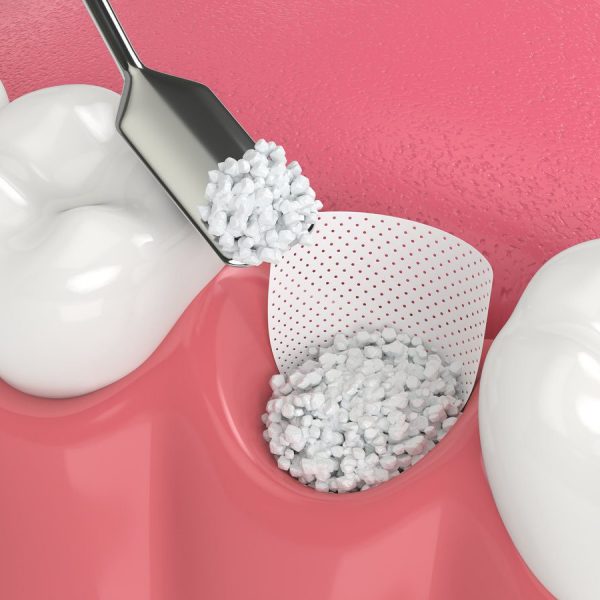Your Path to Successful Tooth Replacement
Dr. Gollob’s extensive continuing education, including over 200 hours of advanced training at the Pankey Institute, ensures that you receive expert evaluation and honest guidance about your bone grafting and implant options. Our fee-for-service approach allows us to take the time necessary for thorough assessment and treatment planning without insurance limitations affecting the quality of care you receive. When simpler grafting procedures align with your needs, we can provide comfortable, coordinated treatment in our familiar office environment.
Understanding your bone grafting options empowers you to make confident decisions about your oral health and tooth replacement goals. Whether your needs can be addressed with conservative treatment in our office or require specialist referral, our team is committed to guiding you toward the most appropriate care for your unique situation. Call us today at (321) 255-4644 or contact us online to schedule your comprehensive evaluation and discover how bone grafting can support your journey toward a complete, healthy smile.
- 130 Interlachen Dr Ste A, Melbourne, FL 32940, United States
- +1-321-255-4644
- Mon, Tue, Thu: 8am-4pm, Fri: 8am-2pm, Wed: Closed



